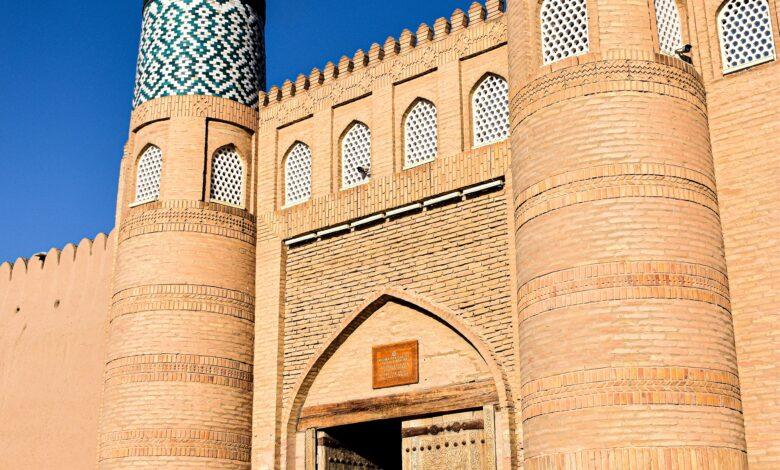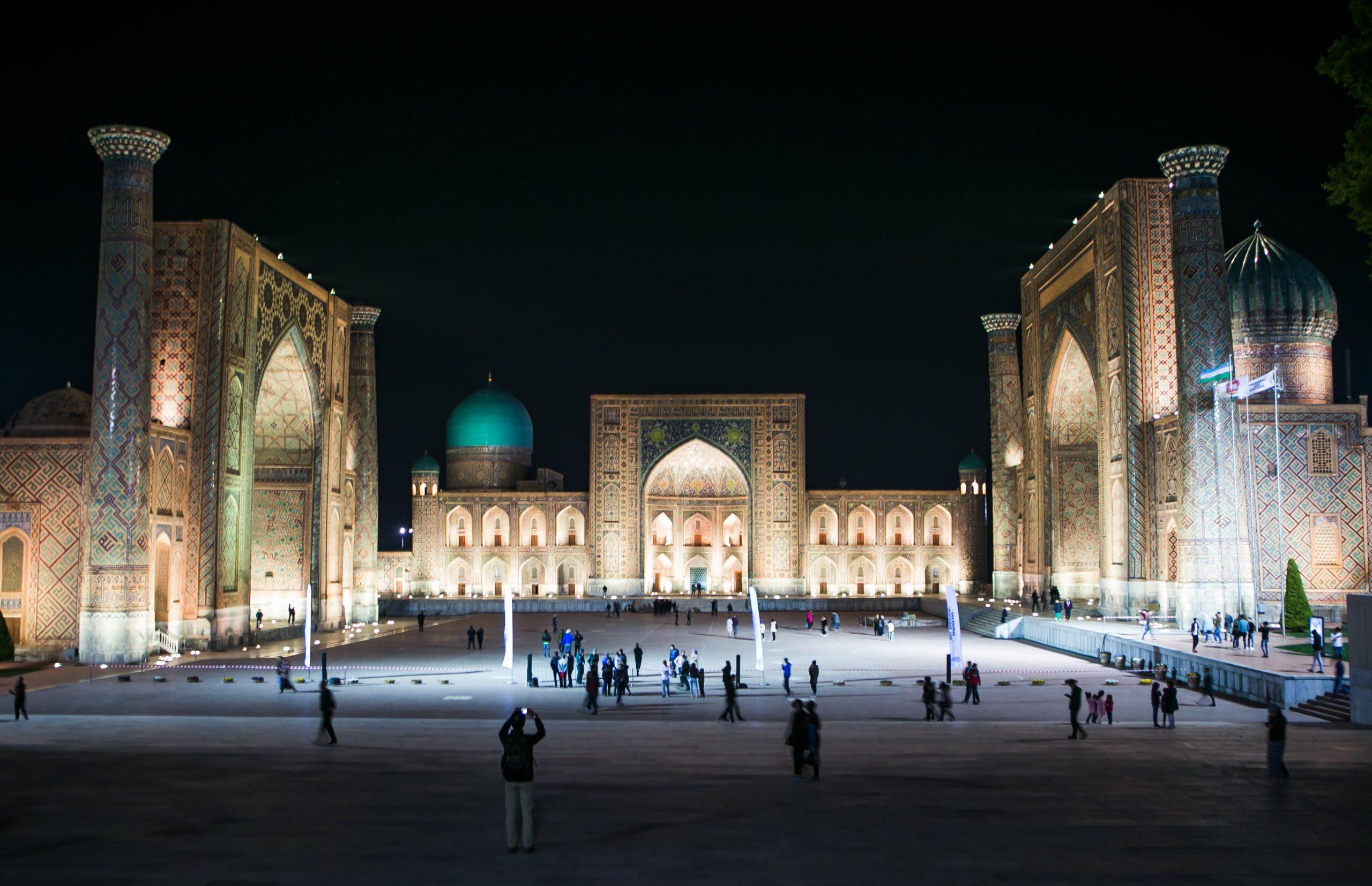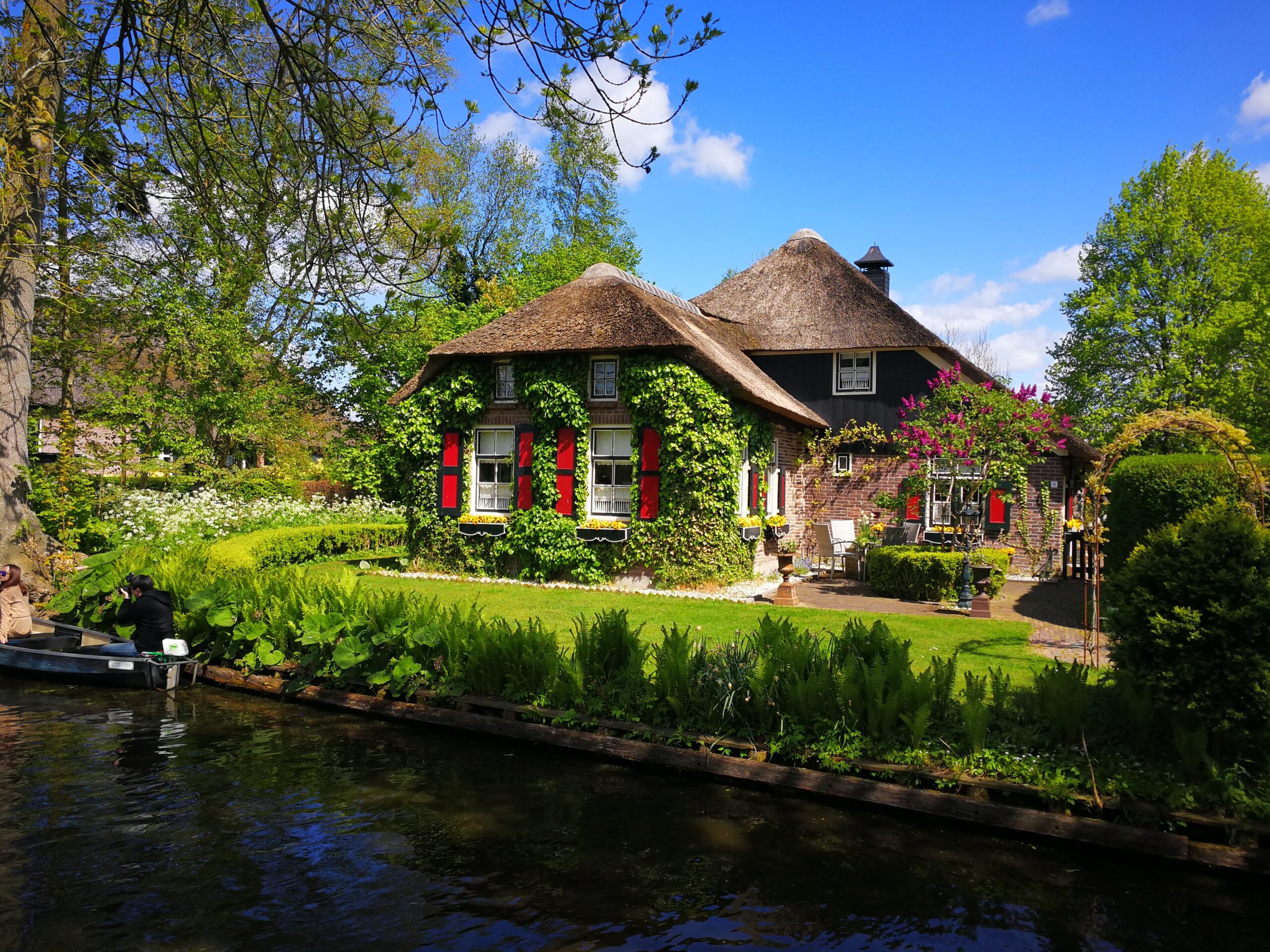The Historic Silk Road: Samarkand and Bukhara, Uzbekistan 🐪🌏
Tracing Centuries of Trade and Culture Along Uzbekistan's Ancient Route

Introduction
Embark on a historical odyssey as we journey through the remnants of one of the world’s most legendary trade routes, the Silk Road. Amidst the tales of commerce, culture, and convergence, lie the ancient cities of Samarkand and Bukhara, standing as testaments to the Silk Road’s grandeur. Join us as we traverse the lanes of time, unraveling the vibrant tapestry of history, art, and heritage that these Uzbek cities proudly display along this historic route.
Samarkand: Jewel of the Silk Road
Samarkand, a city steeped in history and allure, holds a pivotal place along the ancient Silk Road, serving as a melting pot of trade and cultural exchange.
Historical Significance as a Center of Trade and Culture
For centuries, Samarkand thrived as a bustling hub along the Silk Road, connecting East and West. Its strategic location facilitated the exchange of goods, ideas, and cultures between China, India, Persia, and the Mediterranean. Traders and travelers traversed its streets, fostering a vibrant tapestry of languages, traditions, and beliefs that enriched the city’s fabric.
Architectural Wonders: Registan Square and Gur-e Amir Mausoleum
Registan Square stands as the heart of Samarkand, a mesmerizing ensemble of architectural brilliance. Adorned with three majestic madrasahs—Ulugh Beg, Tilya-Kori, and Sher-Dor—this UNESCO World Heritage Site captivates with its intricate tilework, soaring minarets, and grand facades. The square echoes with tales of scholarly pursuits and artistic mastery, showcasing the zenith of Timurid architecture.
Gur-e Amir Mausoleum, the resting place of Timur (Tamerlane), is another architectural marvel. Its azure domes and intricate mosaics exude grandeur, offering a glimpse into the artistic prowess of the Timurid era. The mausoleum’s significance extends beyond its architectural beauty, symbolizing the legacy of a powerful empire that shaped Central Asian history.
Vibrant Markets and Cultural Diversity
Samarkand’s markets, reminiscent of its trading past, bustle with life and color. The Siab Bazaar, a kaleidoscope of sights and sounds, showcases the city’s cultural diversity. Here, one can savor the aroma of spices, admire vibrant textiles, and engage with locals selling an array of goods. The market serves as a microcosm of Samarkand’s cosmopolitan identity, where various ethnic groups converge, creating a lively atmosphere of cultural exchange.
Samarkand’s allure lies not only in its architectural splendor but also in its vibrant markets and rich cultural mosaic. Visiting this historical gem offers a glimpse into a bygone era while celebrating the enduring legacy of trade, art, and diversity that define this enchanting city.

Bukhara: A UNESCO World Heritage Site
Bukhara, nestled along the ancient Silk Road, stands as a testament to the rich history and cultural heritage of Central Asia. Recognized as a UNESCO World Heritage Site, this city embodies centuries of historical significance, preserving its illustrious past through its architectural marvels, cultural traditions, and enduring legacies.
Architectural Marvels: Ark Fortress and Kalon Mosque
At the heart of Bukhara lies the imposing Ark Fortress, an ancient citadel steeped in history. This magnificent structure, dating back over a millennium, served as a fortified residence for Bukhara’s rulers. Exploring its labyrinthine passages and towering walls offers a glimpse into the city’s tumultuous past and strategic significance along the Silk Road.
Adjacent to the Ark Fortress stands the majestic Kalon Mosque, a masterpiece of Islamic architecture. Its colossal minaret, the Kalon Minaret, dominates the skyline, showcasing intricate geometric patterns and ornate designs. The mosque itself exudes an aura of serenity, inviting visitors to admire its grandeur and delve into the spiritual heritage of Bukhara.
Traditional Crafts and Enduring Culture
Bukhara’s charm extends beyond its architectural wonders; it thrives in the realm of traditional crafts and cultural practices. The city is a haven for artisans preserving age-old crafts like silk weaving, carpet making, and ceramics. Visitors can witness these artisans at work, honing their skills and keeping Bukhara’s heritage alive through their exquisite creations.
Moreover, immersing oneself in Bukhara’s enduring culture involves more than admiring its physical remnants. It encompasses savoring the flavors of traditional cuisine, engaging with warm-hearted locals, and partaking in rituals that have endured for generations. The warmth and hospitality of Bukhara’s people echo the city’s unwavering commitment to preserving its cultural tapestry.
Bukhara’s designation as a UNESCO World Heritage Site stands as a testament to its significance in human history. As visitors traverse its ancient streets, explore its architectural marvels, and engage with its vibrant culture, they become part of a timeless narrative that celebrates the resilience and splendor of this captivating city.
Cultural Tapestry of Samarkand and Bukhara
Exploring the cultural richness of Samarkand and Bukhara unveils a mesmerizing tapestry woven with historical influences, traditions, and enduring legacies.
Cultural Influences and Historical Legacies
Samarkand and Bukhara, both ancient Silk Road cities, have been pivotal hubs for trade, culture, and knowledge exchange for centuries. Samarkand’s allure stems from its significance as a center of learning and innovation during the Timurid dynasty. The city flourished as a crossroads of cultures, blending Persian, Islamic, and Central Asian influences in its architecture, arts, and scholarly pursuits.
Similarly, Bukhara, renowned for its well-preserved old city, bears the imprints of various civilizations. Its history as an Islamic center fostered advancements in science, literature, and Islamic scholarship. The intricate architecture adorned with turquoise domes and elaborate tile work reflects the city’s enduring legacy as an epicenter of Islamic culture.
Shared Traditions, Arts, and Crafts
Both cities boast a shared heritage that manifests in their vibrant arts, crafts, and traditions. The intricate mosaic work, vibrant textiles, and skilled craftsmanship in ceramics and metalwork showcase the region’s artistic prowess. Traditional music, dance, and the art of carpet weaving are cherished cultural treasures passed down through generations, encapsulating the essence of Uzbekistan’s cultural identity.
Contribution to Uzbekistan’s Identity and Modern-Day Allure
Samarkand and Bukhara stand as pillars of Uzbekistan’s cultural identity, drawing visitors from around the globe to witness their timeless grandeur. Their UNESCO-listed historical sites, such as Registan Square in Samarkand and the Ark Fortress in Bukhara, serve as testaments to their significance in world history.
Today, these cities continue to captivate travelers with their historical marvels and evoke a sense of wonder through festivals celebrating their cultural heritage. The blend of ancient charm and modern allure makes them not just relics of the past but vibrant living embodiments of Uzbekistan’s rich tapestry of traditions.
Discovering the intertwined legacies of Samarkand and Bukhara offers a glimpse into the soul of Uzbekistan, where history, culture, and tradition converge to create an enchanting narrative that resonates through the ages.
The Silk Road’s Impact on Contemporary Society and Global Connections
The historical Silk Road, once a bustling network of trade routes connecting East and West, continues to exert a profound influence on today’s interconnected world. This ancient trade route facilitated the exchange not only of silk but also of goods, cultures, ideas, and knowledge between diverse civilizations. Its legacy resonates in contemporary society through the flow of goods and the cultural exchange that persists across borders.
The Silk Road’s legacy in fostering global connections is evident in modern trade networks and economic partnerships. Nations along the ancient route, now part of the Belt and Road Initiative, aim to revive and expand trade, further emphasizing the enduring impact of these historical connections.
Attractions of Samarkand and Bukhara for Visitors and Scholars
Cities like Samarkand and Bukhara, once pivotal hubs along the Silk Road, continue to enchant visitors and scholars alike with their rich history and architectural marvels. Samarkand, known for its stunning Registan Square adorned with intricately tiled madrasas, and Bukhara, with its well-preserved ancient streets and iconic landmarks like the Kalon Minaret, serve as living museums of the Silk Road’s legacy.
These cities not only preserve the tangible remnants of the Silk Road but also offer a glimpse into the diverse cultural tapestry that emerged from the exchange of ideas and traditions. Scholars and historians flock to these sites, seeking insights into the past while marveling at the resilience and ingenuity of the civilizations that thrived along this historic route.
Reflections on the Enduring Legacy of the Silk Road
The enduring legacy of the Silk Road extends beyond trade and architecture; it encapsulates the spirit of cultural exchange and interconnectedness. Today, this legacy manifests in initiatives promoting cultural understanding, tourism, and academic collaborations among countries once linked by the ancient route.
The Silk Road’s legacy serves as a testament to the power of exchange and dialogue, transcending geographical boundaries to foster mutual understanding and cooperation. As modern society continues to embrace globalization and interconnectedness, the lessons learned from the Silk Road remain invaluable, reminding us of the beauty and importance of diverse cultural interactions in shaping our world.
FAQs
Q. What makes Samarkand and Bukhara historically significant?
A. These cities served as pivotal hubs on the Silk Road, fostering trade, culture, and knowledge exchange.
Q. How accessible are these sites for tourists?
A. Both Samarkand and Bukhara are tourist-friendly, offering guided tours and accommodations suitable for travelers.
Q. Are there specific etiquettes to follow while visiting?
A. Respect local customs, especially in religious sites, dress modestly, and seek permission before photographing individuals.
Q. What’s the best time to visit Samarkand and Bukhara?
A. Spring and autumn are ideal, offering pleasant weather for exploring the historical sites.
Q. Are there any offbeat attractions to explore?
A. Venture beyond the famous sites to discover hidden gems like the Ulugh Beg Observatory and Chor Minor in Bukhara.
Q. How does the local cuisine reflect the region’s history?
A. Local delicacies like plov and shashlik carry historical influences from various cultures that traversed the Silk Road.
Conclusion
As our exploration of Samarkand and Bukhara draws to a close, the echoes of the Silk Road’s glory resonate through the ages. These cities, adorned with architectural splendors and steeped in a rich cultural legacy, serve as living museums of a bygone era. Their significance transcends time, offering not just a glimpse into the past but a profound understanding of how the intermingling of cultures along the Silk Road has shaped the world we live in today. May the essence of Samarkand and Bukhara continue to captivate hearts and minds, perpetuating the enduring allure of the Historic Silk Road for generations to come.
UP NEXT
https://touristeyes.com/photos-of-sharjah-classic-cars-museum/




Facebook Comments